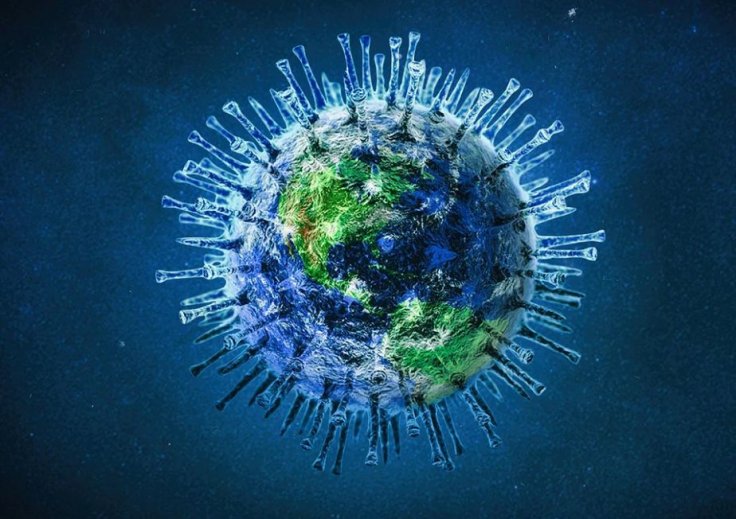History has shown that whenever there is a crisis, it gets capitalized by the super spreaders of misinformation and conspiracy theories. Amidst today's COVID-19 crisis one-quarter of most-viewed YouTube videos on the coronavirus contains misleading information, says a latest study.
The study was published as a pre-print with Lancet on Monday by the University of Ottawa - Faculty of Medicine researchers. YouTube, being the most potent social media that is informative has its negatives in spreading misinformation. The researchers write that this study was made as the "usefulness and accuracy of most-viewed YouTube videos on COVID-19 have not been investigated."
The study screened 150 'most viewed' videos on coronavirus in the English language and found 46 percent (69 videos) of those worthy to be analyzed. The overall views of the 69 counted at 257,804,146. After the analysis, the reviewers found 19 (27·5 percent) of those videos had non-factual info spreading misinformation and were viewed by 62,042,609 people.
Among such nonfactual ones 32 percent were from entertainment news, 26 percent each from network news and internet news and 13 percent from consumer videos. However, inside the video categories, the proportion of non-factual videos in internet news and entertainment news were large (almost 63 percent and 60 percent respectively).
Government and professional videos were clean

Professional and government videos did their job and presented full facts on the novel coronavirus, but made up only 10 percent of the overall views, making it alarming.
The study concluded, "Over one-quarter of most-viewed YouTube videos on COVID-19 contained misleading information, reaching millions of viewers worldwide." They called for public health agencies to better utilize the platform to give accurate information in time to decrease misinformation.
YouTube and misinformation

Another report by the non-profit Tech Transparency Project showed that YouTube paid through ads ran on those videos that promoted "sham remedies" such as herbs, meditative music, and over-the-counter supplements which are unsafe. Ads included Facebook and Trump campaign.
A case study by a non-profit Disinfo.eu lab found conspiracy theory related content in social media platforms that included hundreds of YouTube videos propagating 5G coronavirus conspiracy. Even though they were online, had a real-world impact, said DisinfoLab's Alexandre Alaphilippe to the New York Times.
YouTube decided to delete videos that linked 5G technology to the coronavirus pandemic. But before the removal, over a million people had viewed it while sharing it hundreds of thousands of times.
A case of Bill Gates
After an old speech of Bill Gates resurfaced on YouTube where he warns that infectious virus was a greater risk than nuclear war, the anti-vaccinators and conspiracy theorists capitalized on the video saying that Gates planned in using a pandemic in order to control global health system, as reported earlier.









